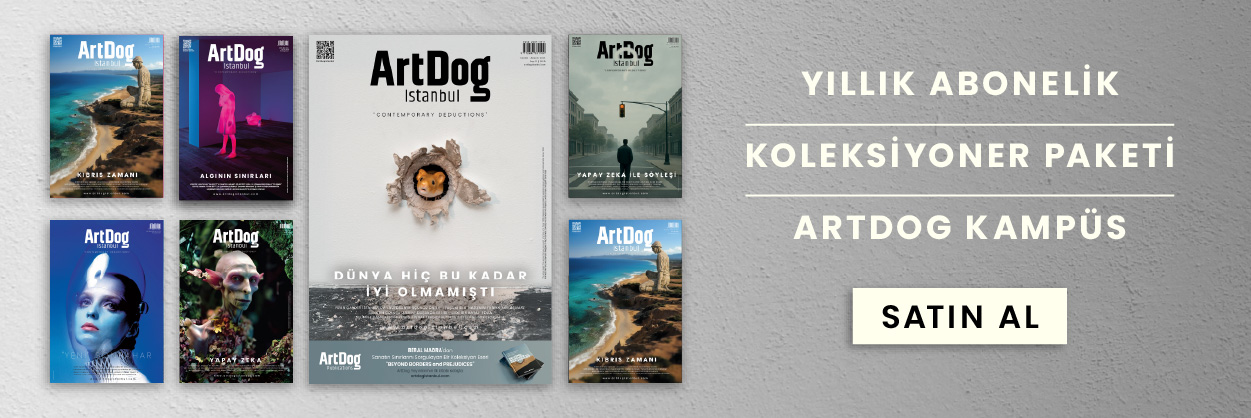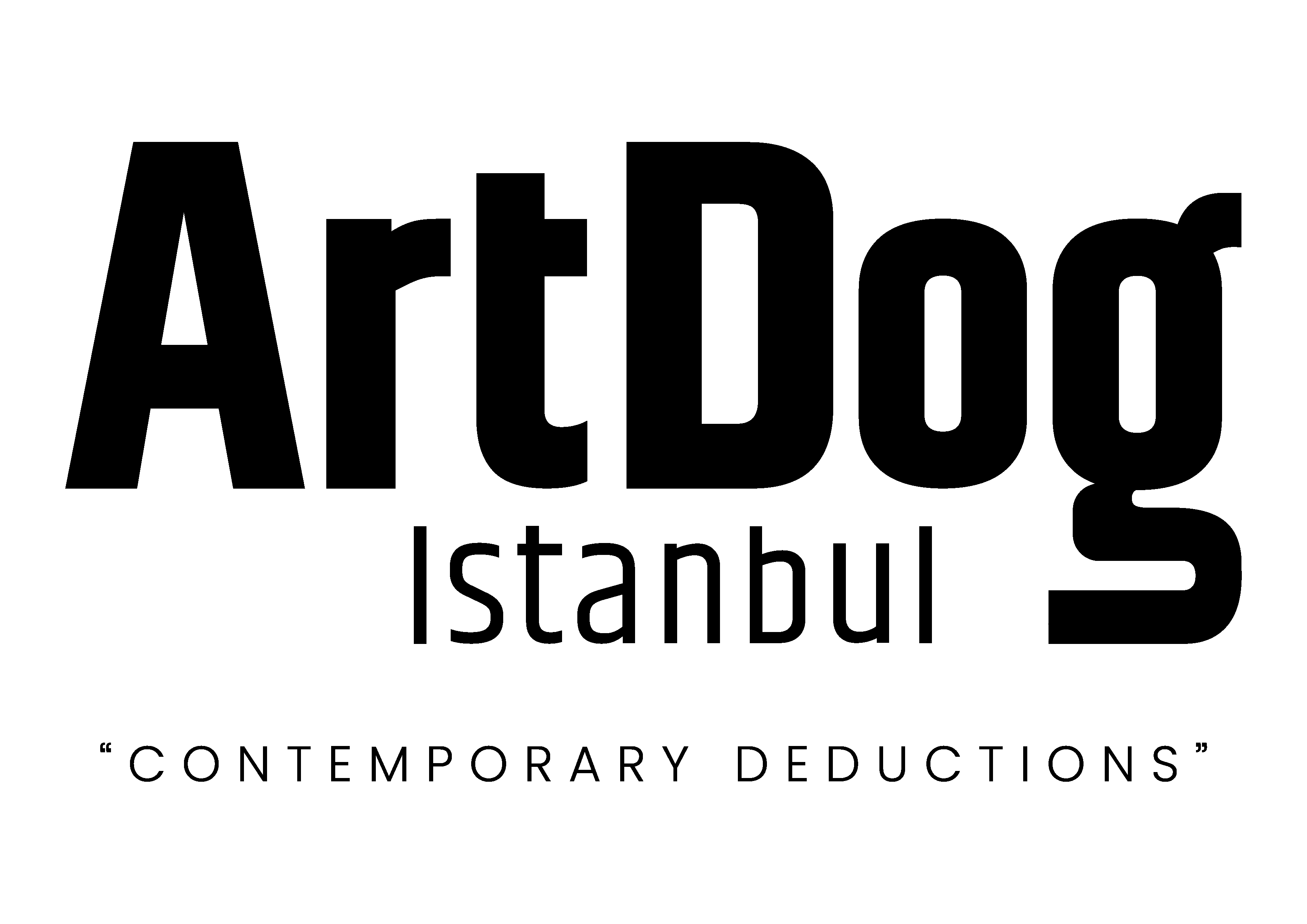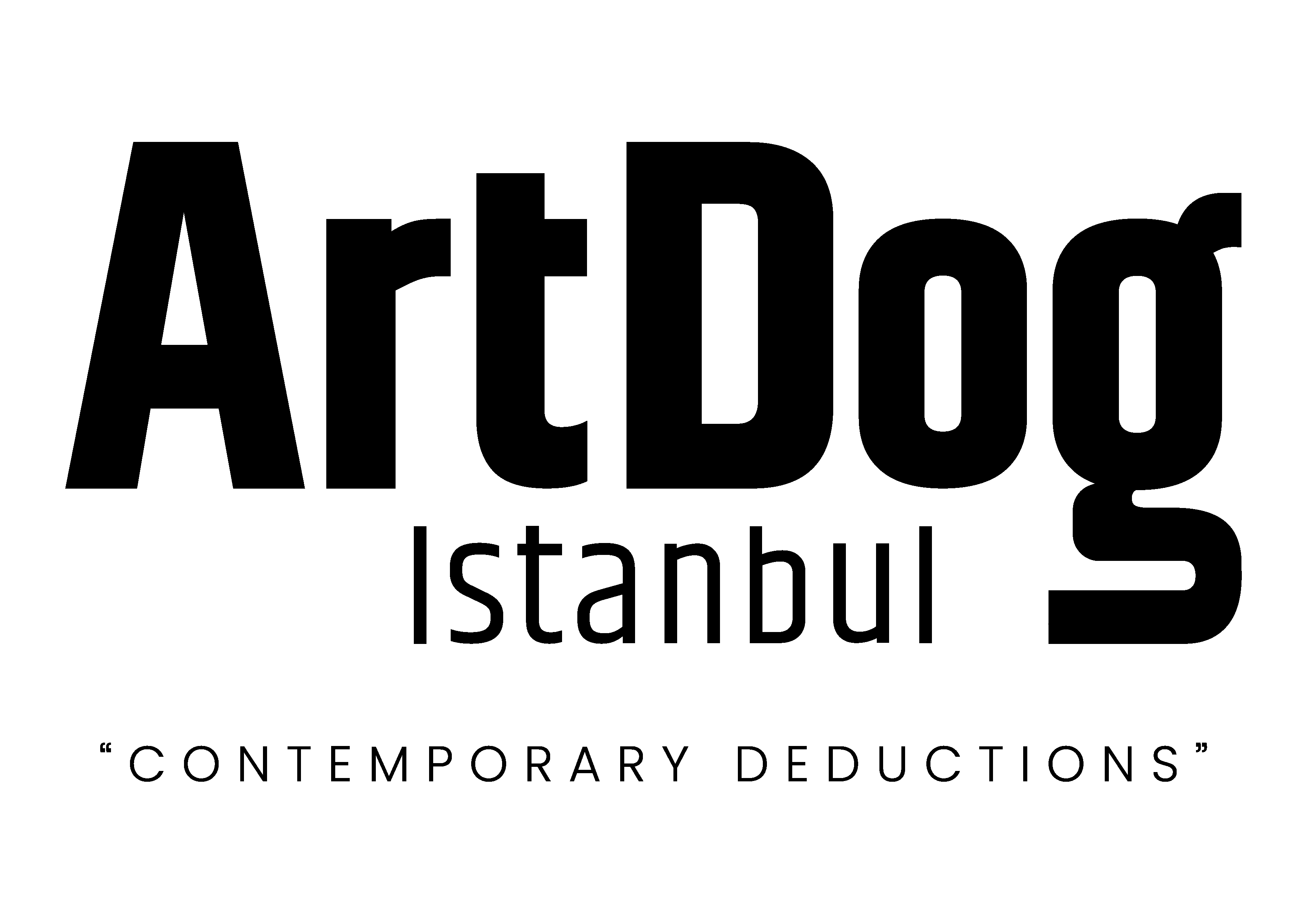Maurizio Cattelan, often described as the “naughty child” of contemporary art, continues to captivate audiences with his blend of humor, absurdity, and provocative approach. His 18-karat gold toilet sculpture America went under the hammer at Sotheby’s New York on November 18 and was sold via a single phone bid for $12.1 million to the Florida-based entertainment and museum chain Ripley’s Believe It or Not!. The work’s gold content was valued at roughly $10 million, but the conceptual and cultural significance far exceeded that figure.
Cattelan’s Provocative Practice
Cattelan frequently combines humor, absurdity, and institutional critique in his works. America stands as one of the most striking examples of this approach. The artist’s other provocative works, including the duct-taped banana Comedian and the Papa sculpture, reveal his critical engagement with the art market and institutions, along with a signature irreverent wit. By transforming an everyday object into one of contemporary art’s most debated symbols, the golden toilet encapsulates Cattelan’s style in a single, audacious gesture.
The Tumultuous Journey of America
The second edition of America, sold at Sotheby’s for $12.1 million, is just one part of the sculpture’s storied history. Its notoriety stems not only from its material but also from the extraordinary events surrounding it. The first edition, exhibited at the Guggenheim Museum in 2016, drew long lines, with roughly 100,000 visitors experiencing the 223-kilogram golden toilet firsthand. By placing a mundane object in such an unusual context, America became part of a living, performative encounter with art.

The sculpture’s political edge emerged in 2017. During Donald Trump’s presidency, the White House requested a Van Gogh from the Guggenheim. The museum declined and instead offered America as an “alternative option.” Although the White House did not respond, the episode amplified the work’s presence in popular culture.
The most dramatic chapter came in 2019 at Blenheim Palace in England, Winston Churchill’s birthplace. The first edition was stolen in less than five minutes by a professional crew, who caused significant damage to the building’s plumbing. While the thieves were caught and convicted, the golden toilet was never recovered and is believed to have been melted down.
As David Galperin, Head of Contemporary Art at Sotheby’s, notes, America continues the lineage of Marcel Duchamp’s 1917 Fountain, challenging conventional boundaries in art history. Through this provocative golden toilet, Cattelan offers a pointed commentary on contemporary capitalism, wealth inequality, and the absurdities of the art market. Whether the second edition, now part of Ripley’s collection, will be displayed publicly remains a mystery.









